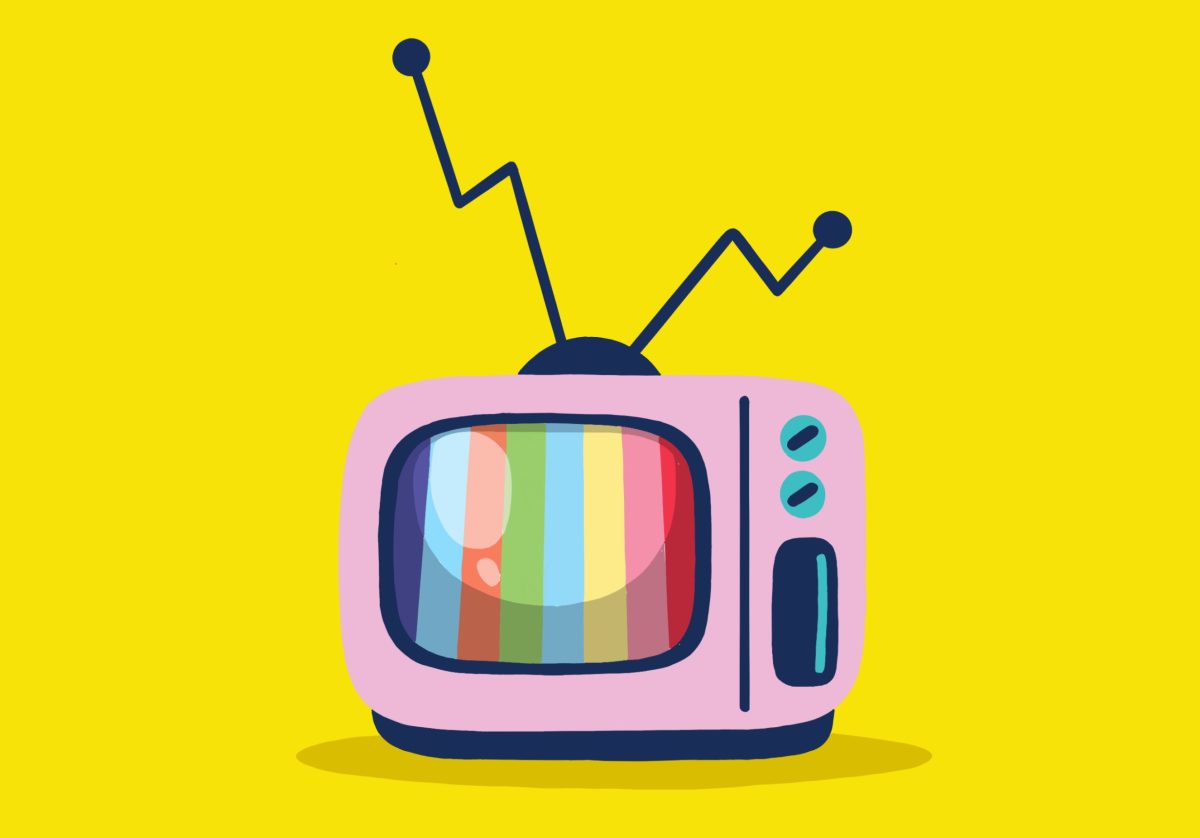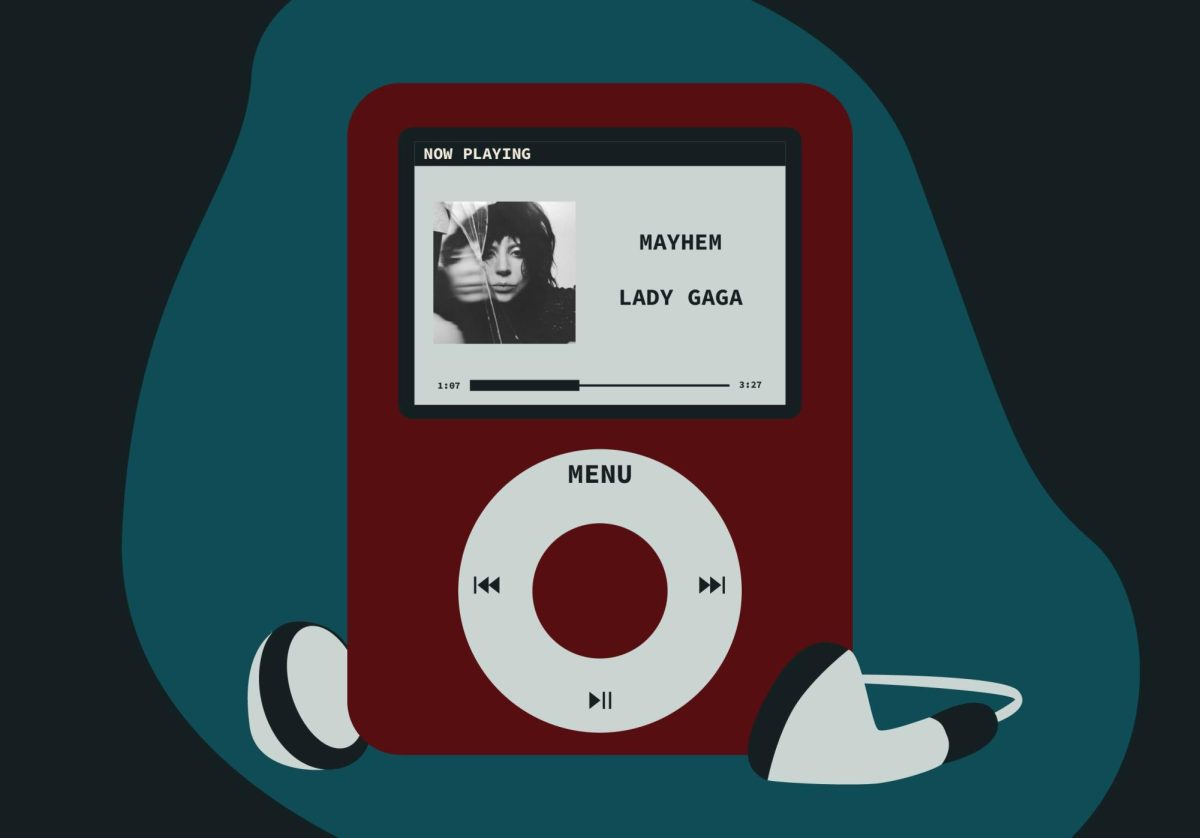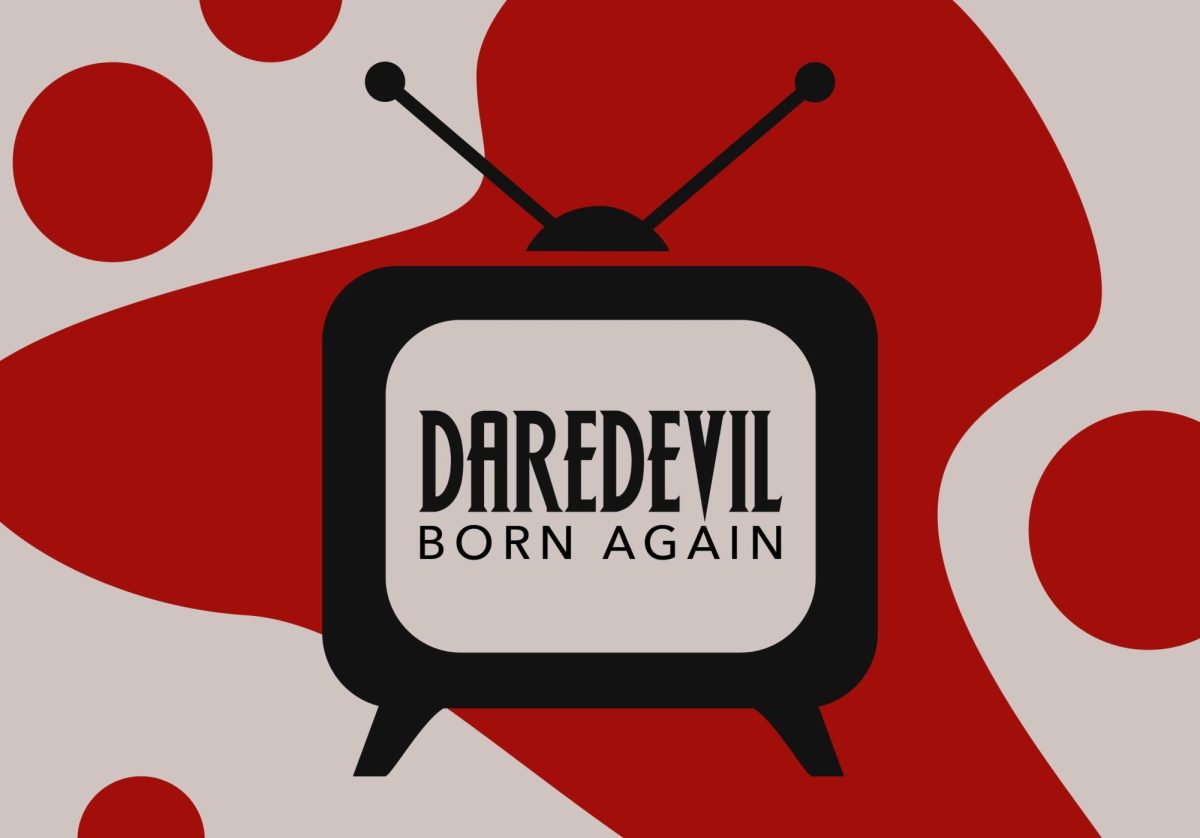As the combined price of all major streaming services now eclipses that of cable TV, it has made some feel nostalgic for a media-viewing experience that wasn’t defined by decision paralysis.
In hindsight, there was something simple and special about cable TV’s limitation of choice. Even so, studies show that the majority of young adults in the U.S. mainly use streaming services to watch TV.
Jerry Kuhlman, a 27-year-old undergraduate student at the University of Minnesota, agrees that finding things to watch on streaming can feel daunting.
“Generally, finding something new that you might enjoy is awkward and kind of difficult,” Kuhlmann said.
As many have stopped watching cable, other platforms online fill the void that cable once filled.
“The only thing that really made me stop is that I have other things to watch. Nowadays I can just watch whatever, whenever on YouTube,” Kuhlmann said.
Eric Patton, president of Studio U, agrees that YouTube helps fill the role of casual viewing.
“When it comes to having things on, like in the background, usually when it comes to that I don’t turn to a streaming service, I turn to YouTube,” Patton said. “I put on, like, a video essay. Oftentimes that’s when it solves my decision paralysis, is when I need something that I know I’m not going to pay attention to.”
Dilan Parekh, director of inventory at Studio U, feels decision paralysis when deciding what to watch with family but not as much alone.
“I think when it comes to watching stuff with my family, I definitely find ourselves scrolling through different services finding what movie to watch,” Parekh said. “For me personally, it’s more of like, I know what I want to watch, and I have to figure out if that’s on a streaming service I own.”
A new problematic side of the streaming era has flared up in recent years, with services removing original shows that have not been released in any other format, forcing internet archivists to be the sole protector of these works.
Patton takes issue with this practice.
“From the perspective of someone who likes making videos and films, that would be the worst. The amount of time and effort you put into creating shows is just unbelievable,” Patton said. “From a viewer perspective, when it’s removed, it’s just kind of a sense of like, ‘Why? Why are you doing this to us?’”
While the convenience of streaming services has given the consumer the benefit of choice, that change has come at the cost of long-standing practices within the media industry. Nowadays, for TV companies, it is essentially streaming or nothing. Odds are your favorite Netflix original show will not see a release on physical media and at any moment it could disappear from the streaming service, almost as if it had never existed.
As streaming continues to dominate and new streaming services are created, streaming companies should keep in mind there is much room for improvement in the world of streaming on the consumer end.








